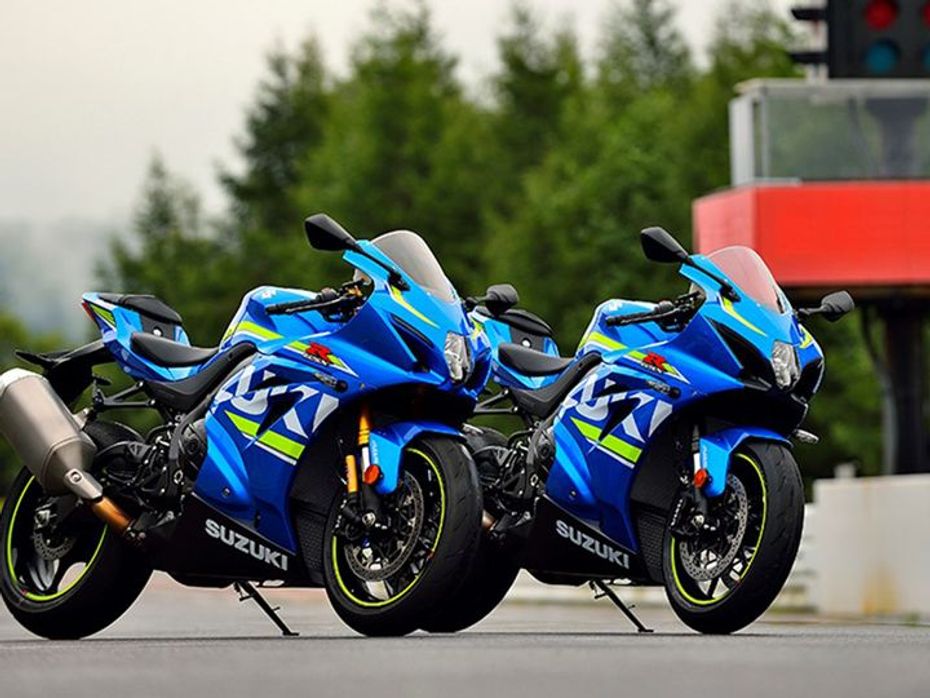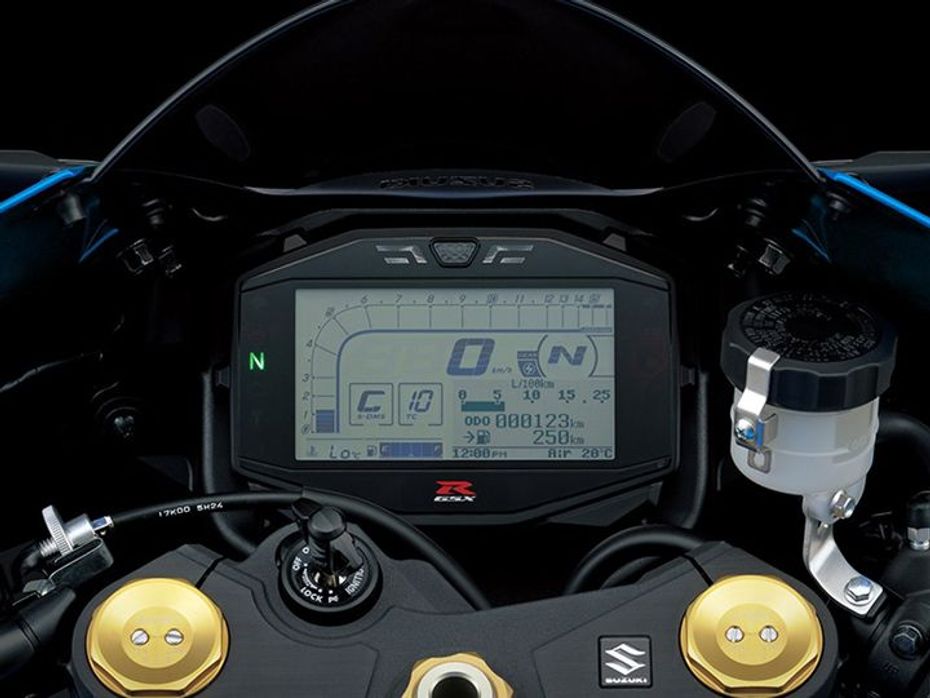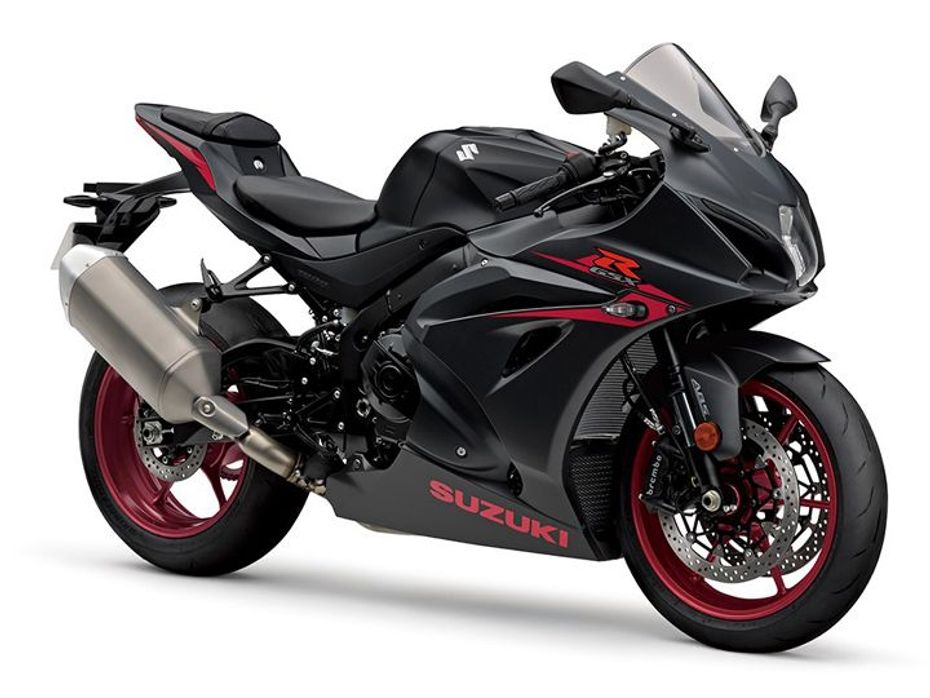
Top 5 facts about Suzuki GSX-R1000
- Jul 5, 2017
- Views : 14321


Suzuki has made its loyalists wait a long time to unveil its next generation litre-class star. It showcased the concept GSX-R1000R -- which looked almost production ready -- last year, and since then scribes and enthusiasts have been taking numerous guesses about the specifications. But at the 2016 INTERMOT motorcycle show, all the above assumptions came to an abrupt end as the 2017 Suzuki GSX-R1000 was finally showcased in all its glory. The new motorcycle will be offered in two variants – standard and the GSX-R1000R. The styling of the motorcycle isn’t path breaking and Suzuki designers have tried to maintain the basic silhouette of the previous generation bike, with the major addition being the sleek LED headlight.

Among the major highlights of the 2017 Suzuki GSX-R1000R is the fact that it is the first superbike with Variable Valve Timing (VVT), which has been indigenously designed by Suzuki themselves. The VVT system was developed for their MotoGP bike and it is a mechanical system. The benefit of VVT is that it offers the rider good mid-range performance along with an extra zing in the top end of the power band. According to Suzuki, the new GSX-R1000R's inline-four motor is good enough for 200PS and 117Nm of peak torque.

Moving forward, according to Suzuki, they tried the semi-active suspension on the new GSX-R1000R but they felt the conventional unit performed better. For this purpose, the 2017 GSX-R1000R features Showa’s excellent Balance Free Fork and Balance Free Cushion shock as seen on the new Kawasaki Ninja ZX-10R. The wheels have also been crafted from lightweight materials and ride on Bridgestone RS10 rubber for the R version. The frame and subframe are also lighter by over a kilo in comparison to the older bike.

With modern superbikes producing insane amounts of power, the need for advanced electronic safety is more of a necessity than a fancy feature. The 2017 Suzuki GSX-R1000R gets three ride modes, a six-axis Inertial Measurement Unit (IMU), 10-level traction control, banking-sensitive ABS, launch control and a bidirectional quickshifter (the standard variant doesn’t get the last two features). ABS can only be turned off with the race kit while, surprisingly, the quickshifter can’t be disengaged. Expect the 2017 Suzuki GSX-R1000R to land on Indian shores by late next year via the CBU route.

Top 5 facts about Suzuki GSX-R1000

Japanese Quattro – Suzuki GSXR-1000 vs Rivals

2017 Suzuki GSX-R1000 launched at Rs 19 lakh

Bookings For 2017 Suzuki GSX-R1000 Start Unofficially

2016 INTERMOT- Suzuki GSX-R 125 unveiled

Suzuki GSX-R250 patent pics leaked

Suzuki GSX-R1000 to remain unchanged for 2016

Suzuki recalls GSX-R750s and GSX-R1000s

Voltcom Crescent Suzuki GSX-R1000 WSBK replica unveiled
 Maruti Dzire
Maruti Dzire
 Royal Enfield Classic 350
Royal Enfield Classic 350
 Mahindra Scorpio N
Mahindra Scorpio N
 Royal Enfield Hunter 350
Royal Enfield Hunter 350
 Yamaha MT 15 V2.0
Yamaha MT 15 V2.0
India's largest automotive community
 Maruti FRONX
Rs. 7.51 Lakh
Maruti FRONX
Rs. 7.51 Lakh
 Mahindra Bolero
Rs. 9.79 Lakh
Mahindra Bolero
Rs. 9.79 Lakh
 Maruti Grand Vitara
Rs. 10.99 Lakh
Maruti Grand Vitara
Rs. 10.99 Lakh
 Mahindra Scorpio
Rs. 13.61 Lakh
Mahindra Scorpio
Rs. 13.61 Lakh
 Mahindra Thar
Rs. 11.34 Lakh
Mahindra Thar
Rs. 11.34 Lakh